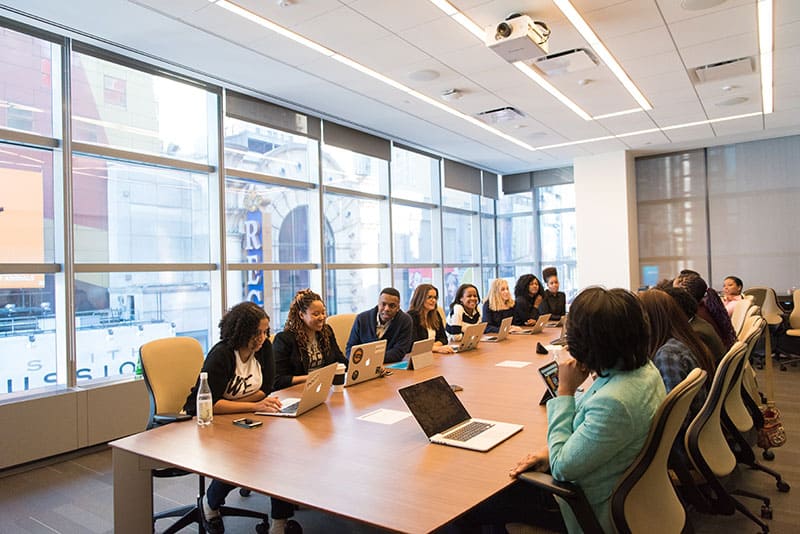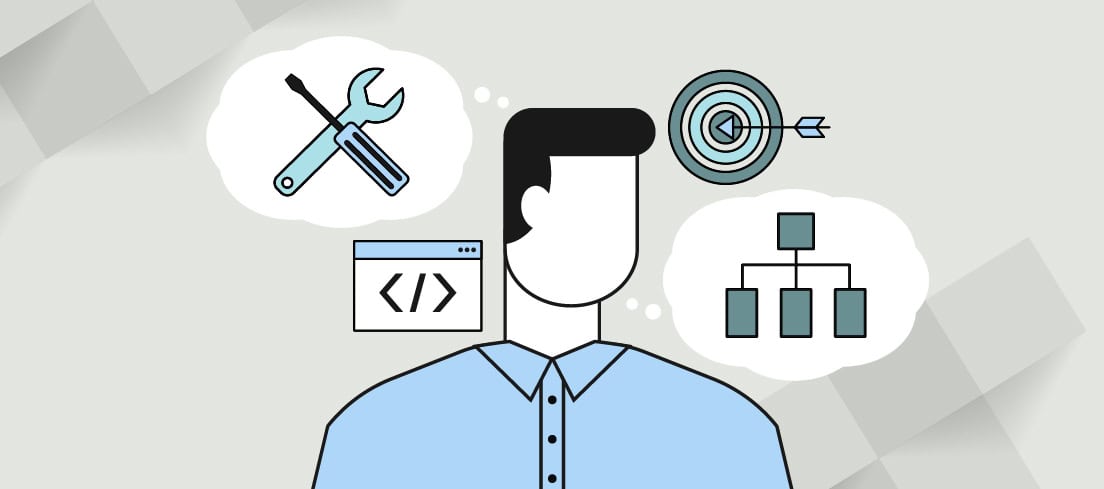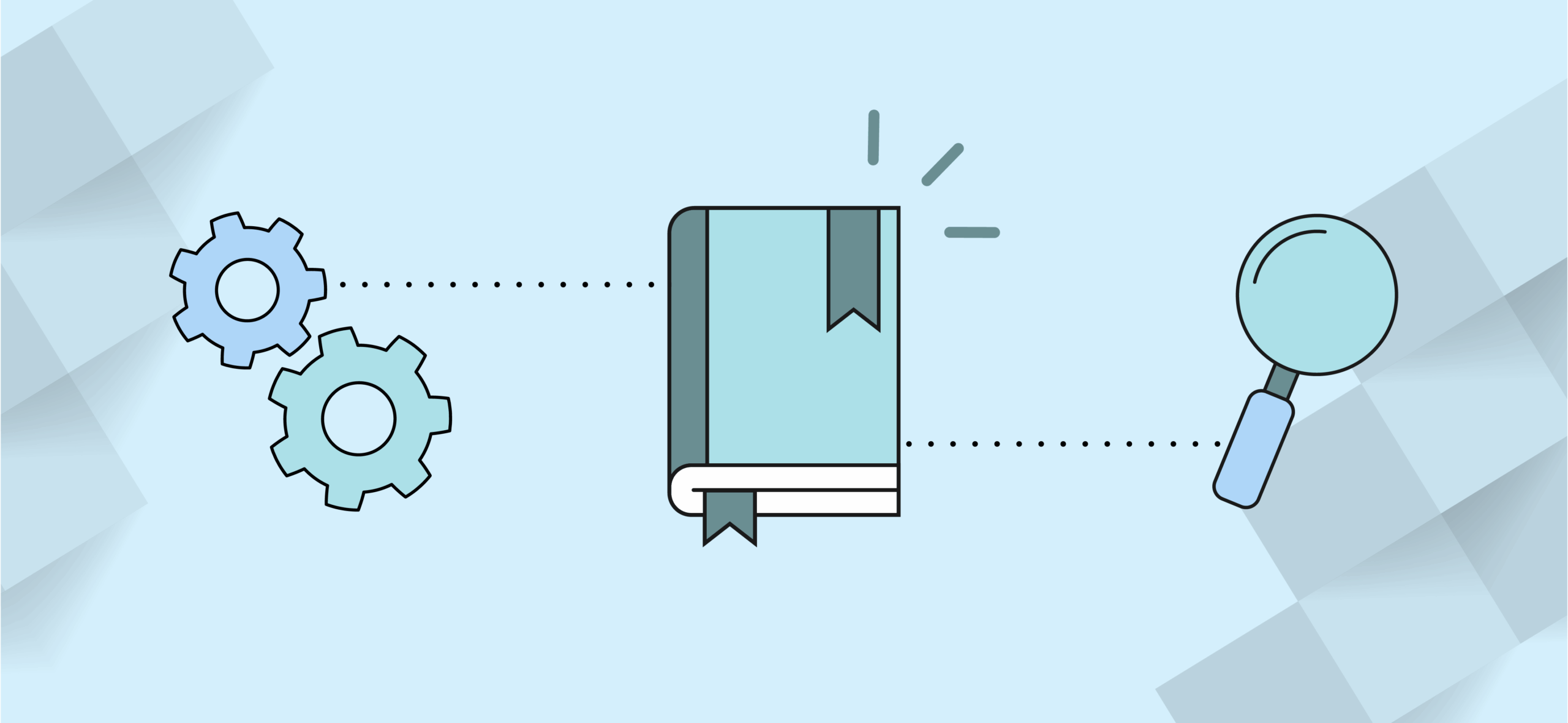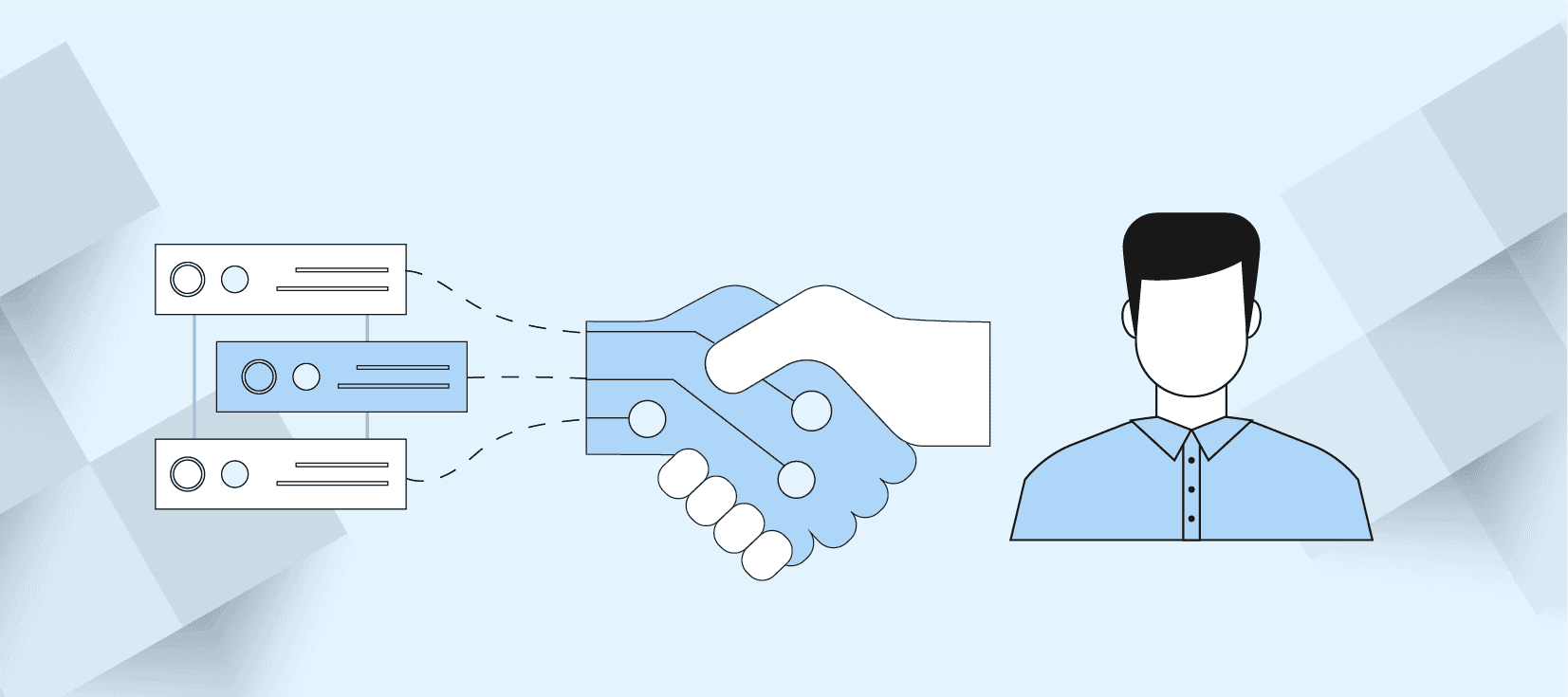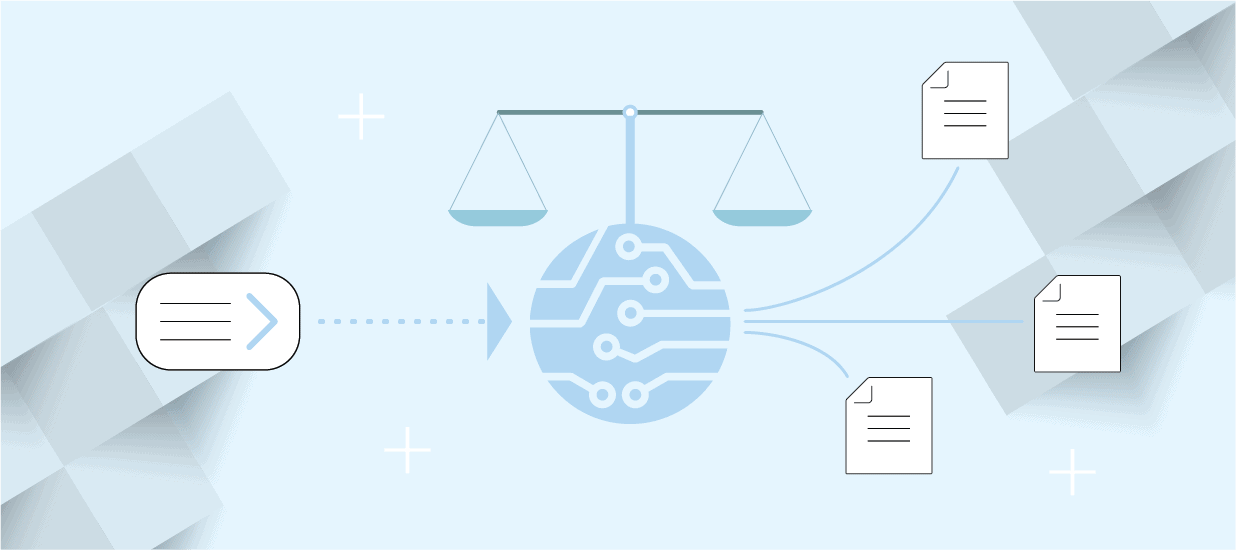As a response to COVID-19 in March 2020, many companies quickly pivoted to working remotely to protect their workforce and customers. What some organizations found is that productivity didn’t wane and building expenses plummeted. In response, many have no plans to return to an in-person office space.
That’s not to say working remotely didn’t create new challenges. Specifically, last year, many product managers slowed or stopped conversations with current and prospective customers, and now they’re tasked with restarting those engagements to collect valuable feedback.
In many ways, it’s a task easier said than done. Here are five strategies that’ll help your product team propel customer engagement programs, including customer advisory boards (CABs) going forward.
Tip #1: Initiate (or re-start) a Customer Advisory Board
What is your current method for collecting product input from customers? While many B2B companies utilize sales meetings, service engagements or support calls for this, these discussions likely are with product users and pertain to lower-level, tactical product issues.
Meanwhile, companies who invest in holding strong CABs are able to gather more strategic guidance. By meeting regularly with executive customers, PMs can learn of higher-value revenue opportunities, unmet needs, new product applications, potential new products, messaging changes, partnership and M&A opportunities and much more.
To start a successful CAB program, it’s best to know (and agree to) the questions you want answered by your customer members, your prepared (and comfortable) with direct – even brutal – honesty, your entire management team supports the effort, you’re committed to taking action on the collected input, and you’ve dedicated the personnel, budget and time to run the program well.
Here is more guidance on starting a CAB
Tip #2: Pick up The Trail
Where did your last conversation stop? What were the outcomes and actions taken by your team or company at the time? What are the status of these – were they completed?
When resuming customer engagements, you’ll want to revisit outcomes from your most recent engagements, and transparently communicate your status. It’s okay if you didn’t complete everything or get very far – the pandemic caused shifts for many companies, so your customers will understand.
When considering the agenda and topics for your next CAB meeting, there are several elements that make for a strong meeting.
These would include:
- A welcome session
- Participant introductions
- Member and your own company’s industry perspectives
- Collaboration exercises
- Plans for next steps and communications after the meeting ends.
Here are more tips for CAB agendas
Tip #3 Set Your Next Meeting
Both in-person and virtual customer advisory board meetings are once again taking place, so that means you and your company should make plans, set a date and, if appropriate, book a location.
Then, create a customer-driven agenda that has topics your clients have requested in previous meetings or through perhaps a new survey to confirm their desires haven’t changed.
In addition, every meeting should avail some time for socializing via meals or fun activities – some of the best insights can come from informal discussions.
The best times for CAB meetings tend to be in the Spring and Fall. Summers are usually problematic due to vacations. You’ll also want to be aware of – and steer clear from – any and all holidays.
Tip#4: Make Virtual Meetings Engaging
Due to the recent surge in Delta variant cases, to be safe, many companies are continuing to hold customer engagements virtually. In doing so, they should still invest the time to ensure such engagements, including CABs, are valuable to their members, and not generic (and boring) webinars.
That means preparing a member-driven agenda, reviewing all content in advance and being sure all participation instructions are clear.
Plan to engage your members with questions you need answered about your strategic and product directions, and include polling, brainstorming and even games to keep the discussion lively. There are myriad online meeting technologies – including virtual breakout rooms — that enable such discussion, so investigate these, plan on using them in the meeting, and practice doing so in advance.
You will also still want to utilize a skilled facilitator in your virtual CAB meeting to ensure the meeting objectives are met and that all voices are heard and input is captured.
How to run a robust virtual CAB meeting
Tip#5: Be wary of ‘Hybrid’ Meetings
With pandemic rates and people’s concern levels varying across the country, some companies are opting to hold CAB meetings both in-person and virtually at the same time – a hybrid approach in which attendees choose how they wish to participate.
While this concept seems to make sense in today’s environment, in actual practice, however, it can introduce new challenges. First off, having CAB members join in via phone or video is always problematic – it’s hard for them to hear and contribute to an in-person conversation. (A skilled facilitator will be a must-have if a company decides to go this route.)
Secondly, offering virtual meeting participation as an option will almost certainly reduce in-person participation by customers who otherwise would join you, leaving you with very few people attending in person.
The best solution to this ‘in-person vs. hybrid’ dilemma lies in polling your CAB members on their participation preference. Then, with this input in hand, hold your CAB meeting either completely virtual or in-person and avoid the watered-down hybrid approach.
Tip #6: Get Everyone Re-acquainted
While your company undoubtedly experienced change over the last year or so, it’s no different for your customers. You should start your meeting by addressing such topics with everyone – you may be surprised by how much everyone has in common when it comes to working in the “new normal,” such as personnel and office issues, travel and spending policies, etc.
A helpful agenda item to include in every meeting is a CAB member “environmental scan,” in which each member talks about their latest developments, top priorities and biggest challenges to which they would like advice and guidance from other CAB members.
Tip #7: Plan for Ongoing Communications
As with every customer meeting, you should communicate back to your customers what insights you heard and what actions to plan to take as a result.
Then in future engagements, you’ll always want to provide an honest status update – your customers will lose interest if they don’t see you making progress with their input.
Post-CAB meeting deliverables should include:
- A meeting report that includes the attendees
- Collected insights
- Potential action times
An “action tracker” can be created to manage these, identifying who is overseeing each one, the deadline and status.
Finally, you should create (and stick to) an ongoing communications plan, consisting of at least one or two in-person meetings a year, as well as interim virtual strategy calls which not only address previous actions status but additional, material topics that your customers want to discuss.
More on what to do after a CAB meeting
While there are many mediums to engage customers, the most beneficial and robust is a strong customer advisory board made up of executives from your best clients. If you already have this, now is the time to re-initiate your program with your next meeting and communications plans for the coming years. Doing so will keep your customers engaged, and your products and corporate strategies on track for success in a post-pandemic world.
Author
-

Rob Jensen, a veteran professional with 28 years of experience, has held marketing, communications, and business development leadership roles at renowned companies such as TRW, HNC Software, EMC, Kofax, and AudaExplore. With a strong background in enterprise software and technology, Rob brings invaluable expertise to the field. For questions or inquiries, please contact [email protected].
View all posts

